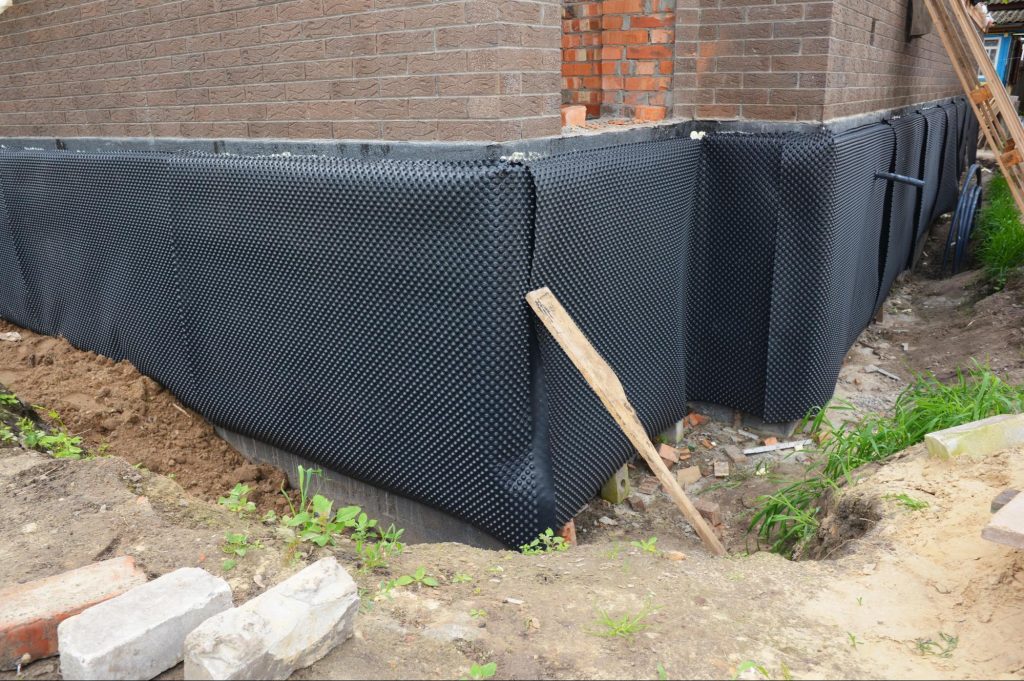Water-proofing is a crucial aspect of residential and building maintenance that often goes unnoticed, but its importance cannot be understated. Whether you are a property owner looking to safeguard your investment or a commercial owner safeguarding your commercial property, understanding waterproofing systems is key in preventing costly water damage and enhancing longevity. From additional hints to industrial rooftops, effective waterproofing can save you a significant amount in repairs, as well as provide peace of mind knowing that your property is protected against moisture-related issues.
In this guide, we will examine how to maintain your waterproofing systems effectively, debunk common myths about waterproofing, and point out the key areas that require attention, such as basements, restrooms, and roofs. With the right knowledge and tools, you can guarantee your property remains protected from water damage, mold, and other undesirable effects of excess moisture. Armed with this information, you will be more equipped to identify the signs that waterproofing is necessary before it's too late, making smart decisions that will protect your investment for an extended period to come.
Why Waterproofing is Essential for Home Upkeep
Sealing against water is a crucial component of home maintenance that safeguards your property from the harmful effects of moisture. Water infiltration can lead to significant issues such as mold growth, damage to the structure, and the degradation of building materials. By investing in waterproofing, homeowners can protect their investment and ensure a healthier living environment. Ignoring waterproofing can lead to costly repairs down the line, making it a critical consideration for all homeowner.
In addition to preventing water damage, effective waterproofing enhances the overall durability and longevity of various structures in your home. This includes basements, roofs, and external walls, where water can easily get inside if not properly sealed. Regular maintenance of waterproofing systems can aid you prevent extensive renovations, thereby saving you thousands of dollars in repair costs. Moreover, a properly kept waterproofing system can contribute to energy efficiency by reducing moisture levels that may impact heating and cooling systems.
Finally, waterproofing supports the integrity of your home’s foundation, which is crucial for stability and safety. A compromised foundation due to water damage can lead to significant structural issues, making it crucial to address waterproofing needs proactively. Homeowners should consistently assess their property's waterproofing needs, taking prompt action at the first signs of wear or moisture intrusion. By focusing on waterproofing in home maintenance, you are not just protecting your home from immediate threats but also ensuring its long-term health and value.
Choosing the Appropriate Waterproofing Method

Choosing the appropriate method of waterproofing for your property is crucial to effectively prevent damage from water. Various areas of your property, such as basements, roofs, and exterior surfaces, may require specific approaches to ensure effective protection. Take into account the specific circumstances of each area, such as moisture exposure, existing damage, and local climate factors. This understanding will guide you in choosing between interior and exterior waterproofing methods, as well as whether to opt for a do-it-yourself method or employ a professional.
Interior waterproofing methods primarily concentrate on preventing moisture from infiltrating through the walls and floors. This often includes sealants, drainage systems, and sump pumps. On the other hand, exterior waterproofing methods are crafted to block water from entering the house. This may entail applying waterproof coatings, installing french drains, or sloping the landscape away from foundation. Assessing the nature of your water problems will guide you in deciding which method is better for your requirements.
It's also crucial to take into account the long-term consequences of your decision. While DIY methods may appear affordable initially, they can occasionally lead to more serious issues later if not done correctly. Hiring a qualified waterproofing contractor can ensure the job is done right, potentially saving you thousands in repairs. Ultimately, the appropriate waterproofing method will rely on a thorough assessment of your property's requirements and your budget for the project.
Common Waterproofing Mistakes to Steer Clear Of
One of the most major mistakes homeowners make is overlooking to assess the particular needs of their property before applying waterproofing solutions. Many people believe that all waterproofing products or techniques are broadly effective, but this is not the case. Each building has distinct characteristics and vulnerabilities that require customized solutions. Neglecting to conduct a thoroughgoing inspection can lead to insufficient protection, resulting in costly water damage down the line.
Another typical error is engaging in DIY waterproofing without sufficient knowledge or experience. While there are many products promoted for easy application, improper techniques can lead to greater harm than good. Homeowners often overlook essential steps, such as pre-treatment, which can compromise the bonding of waterproofing materials. It is essential to follow manufacturer instructions diligently or consider hiring professionals when the project requires expertise.
Lastly, neglecting regular maintenance is a mistake that many miss. Waterproofing is not a temporary fix; it requires regular inspection and upkeep to ensure its effectiveness. Seasonal checks can help identify any deterioration, enabling timely repairs before major damage occurs. Regular maintenance extends the lifespan of waterproofing systems and preserves your investment in both the immediate and extended term.
